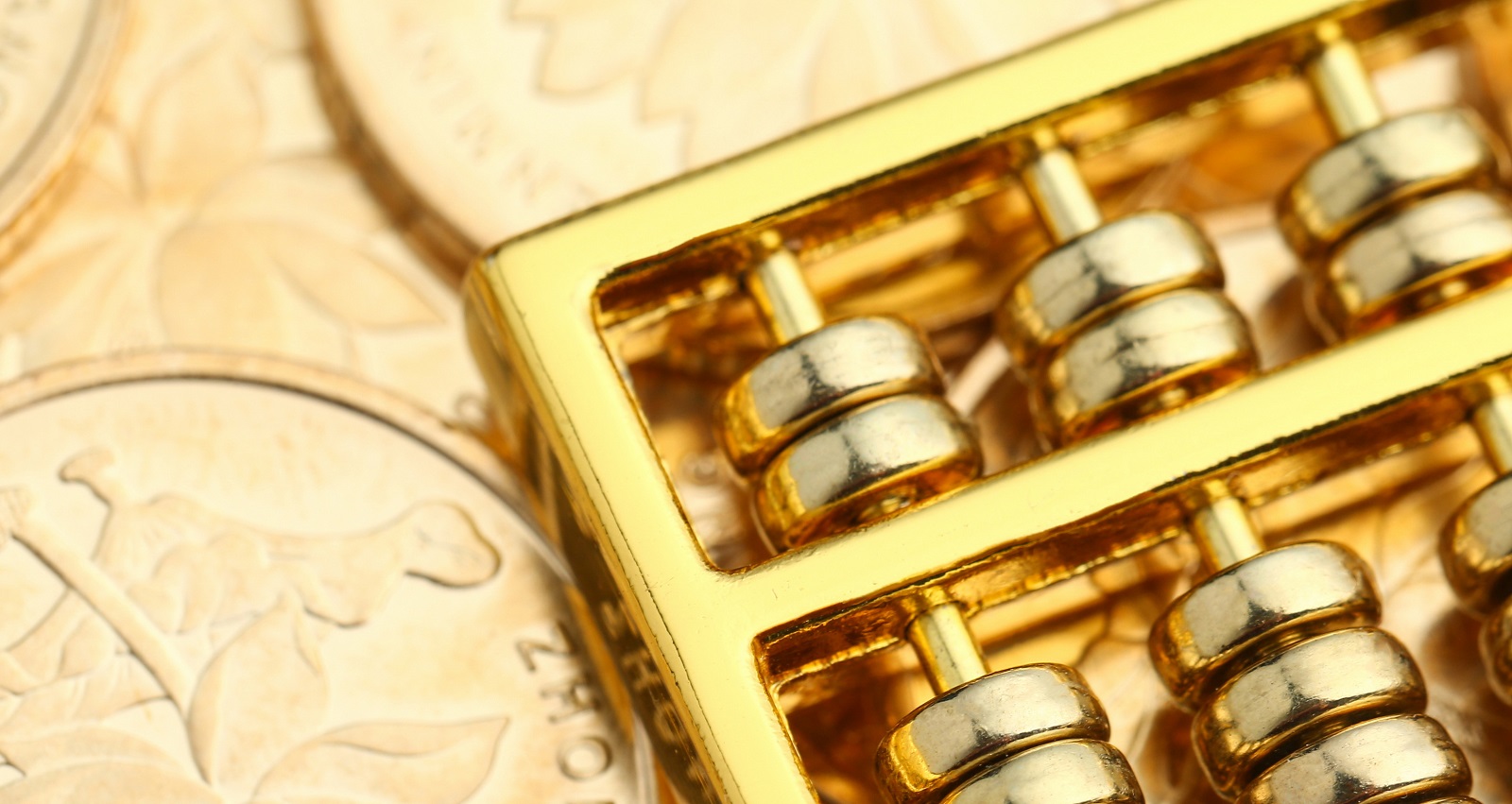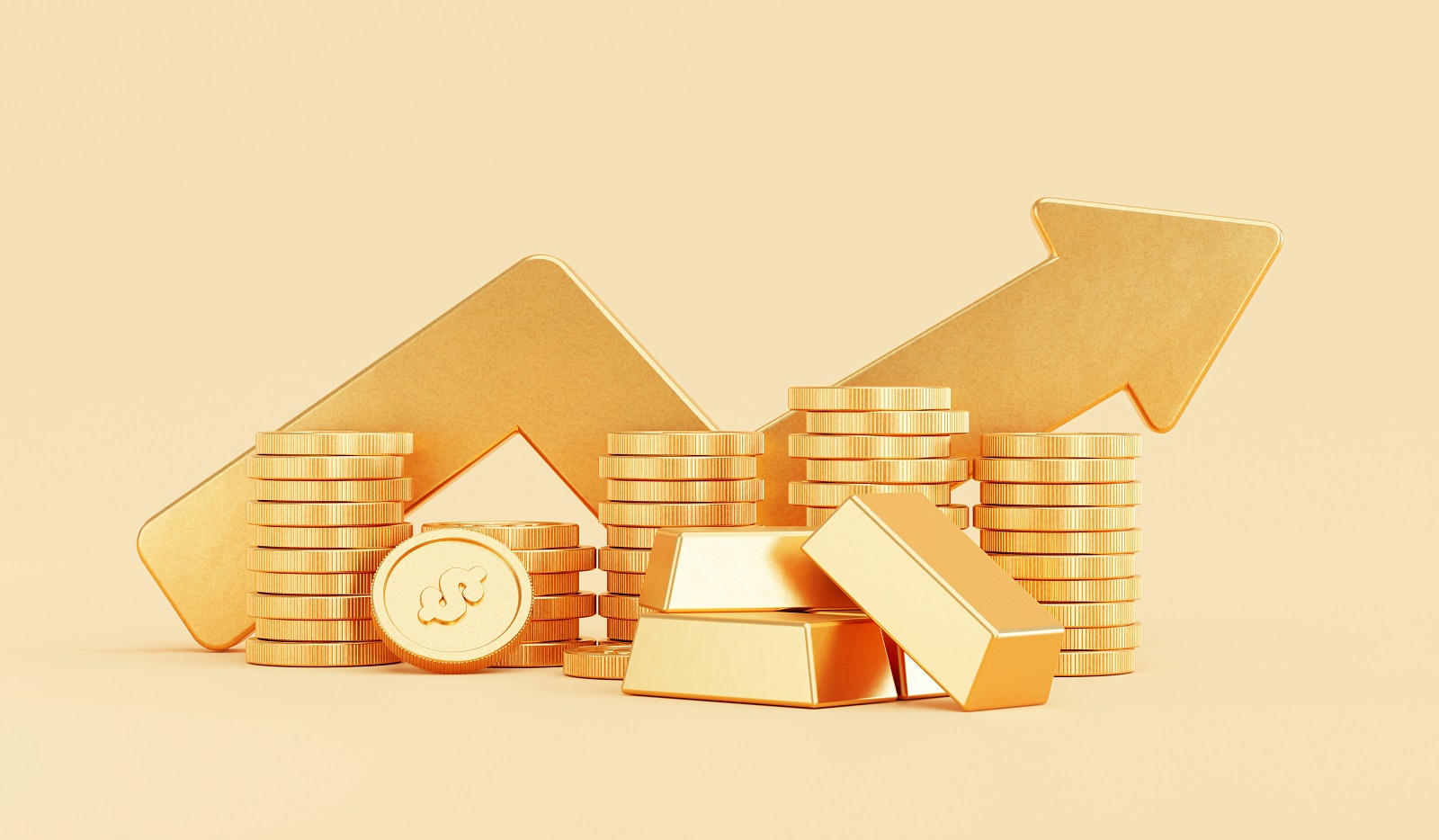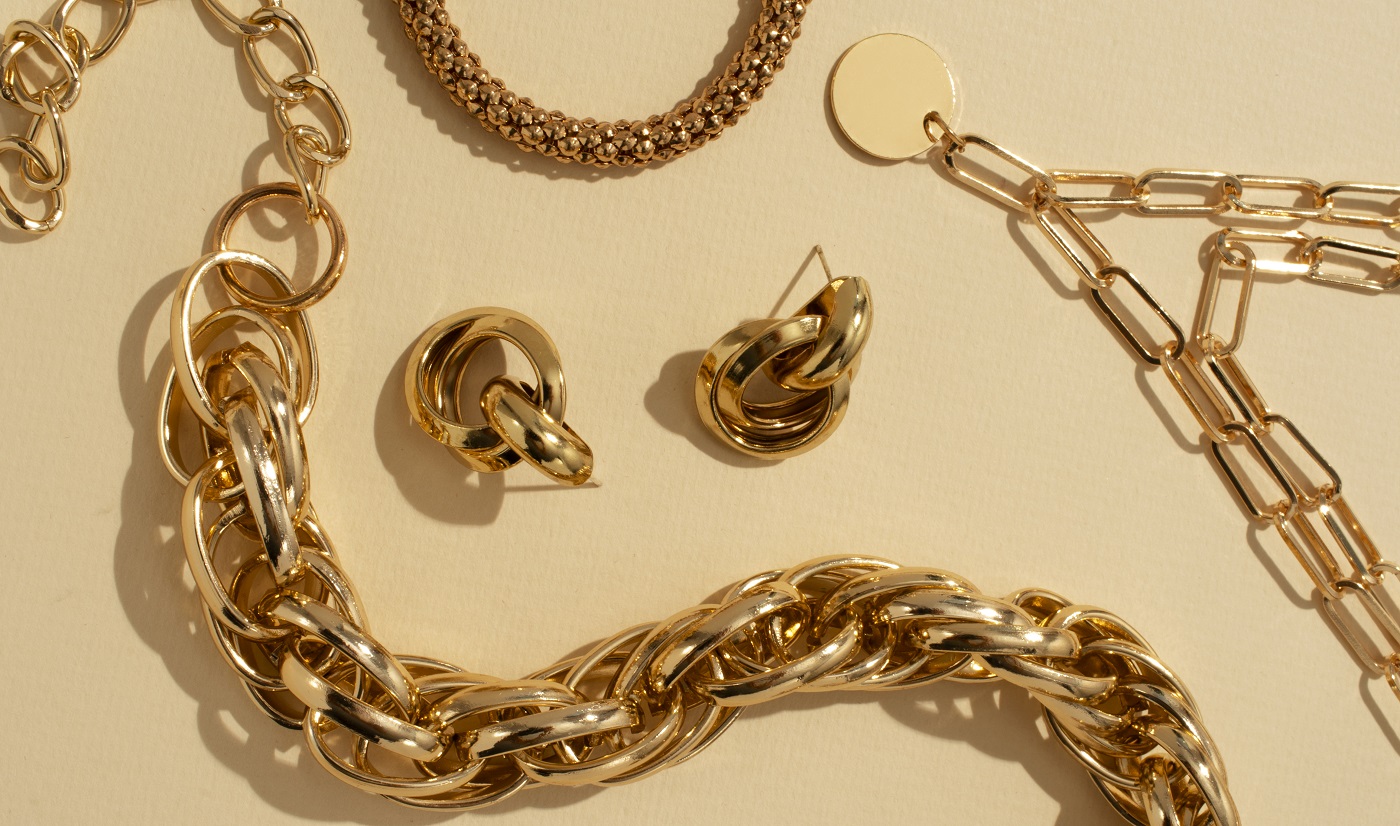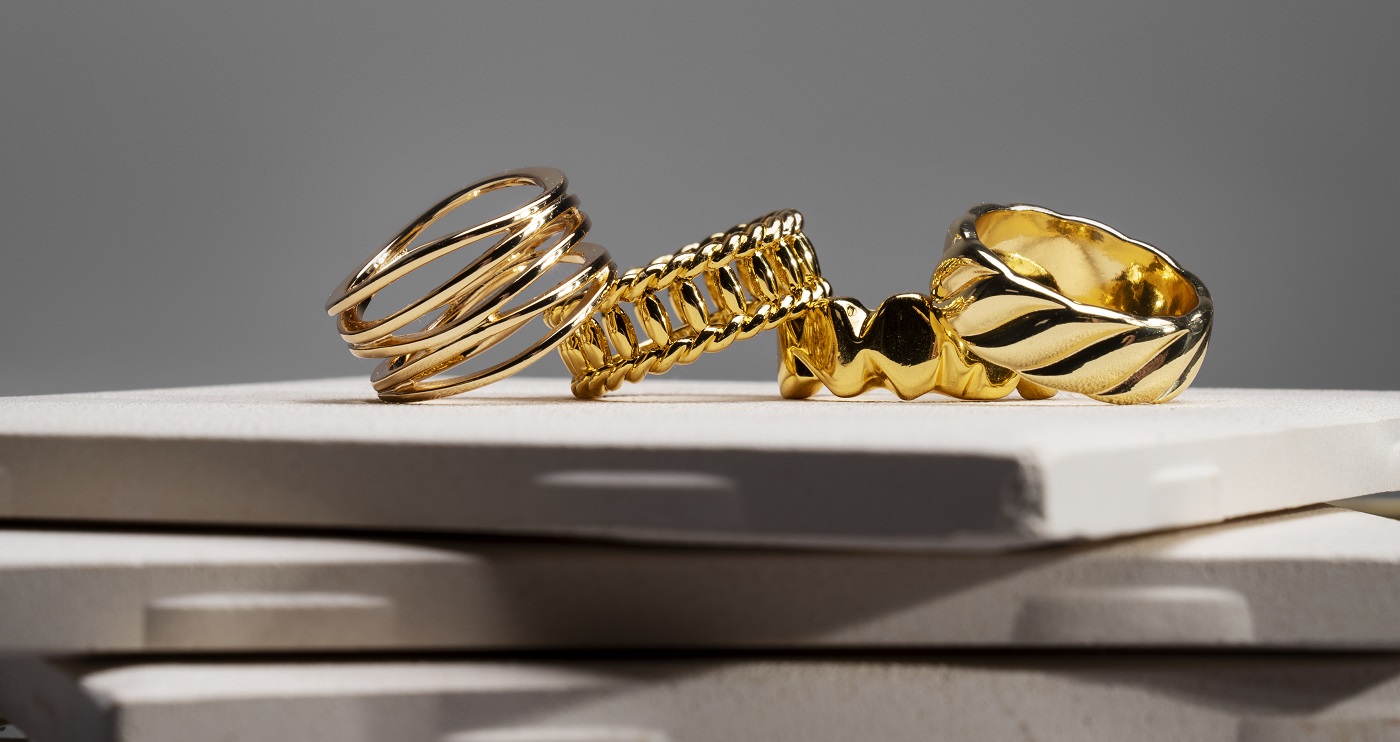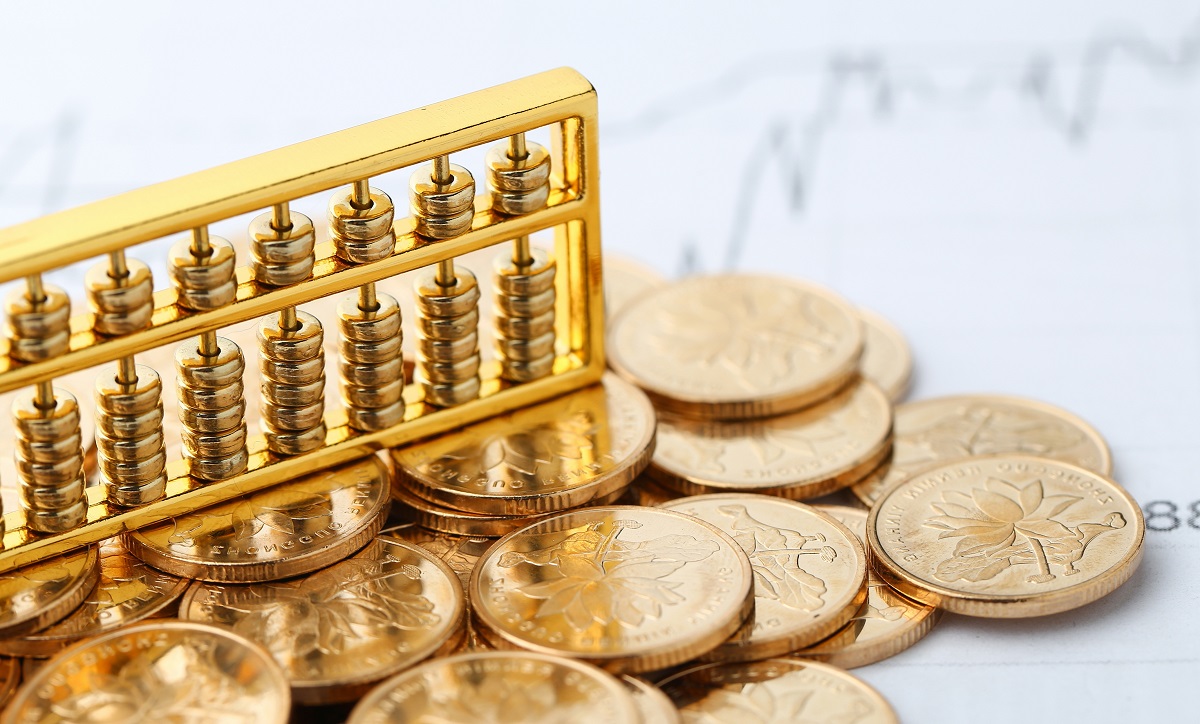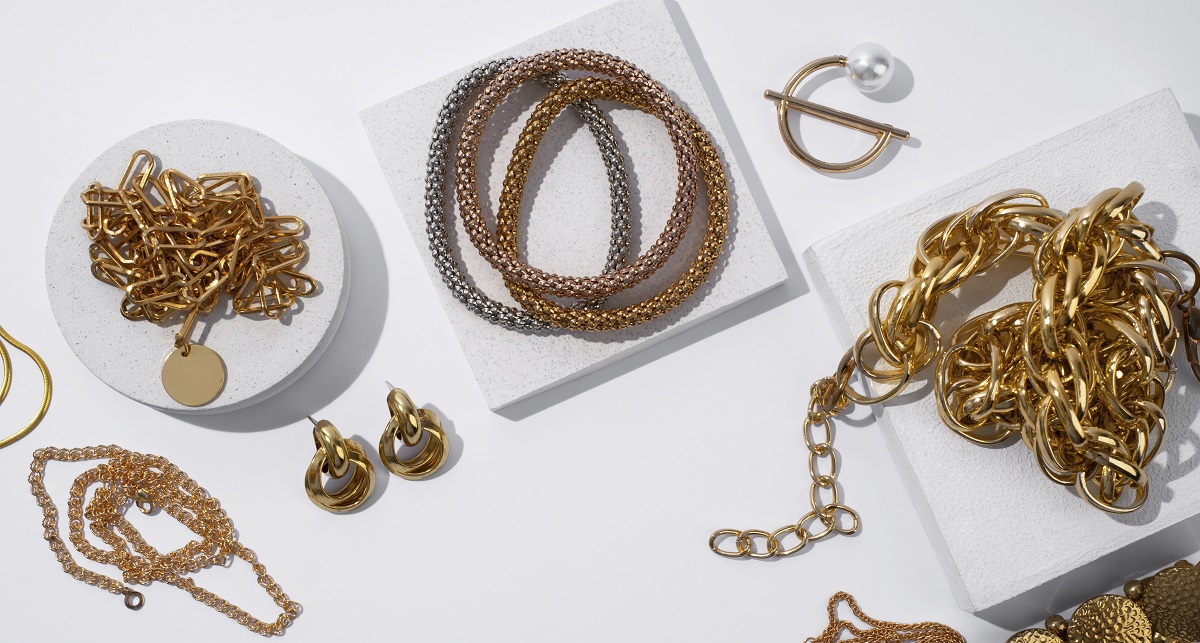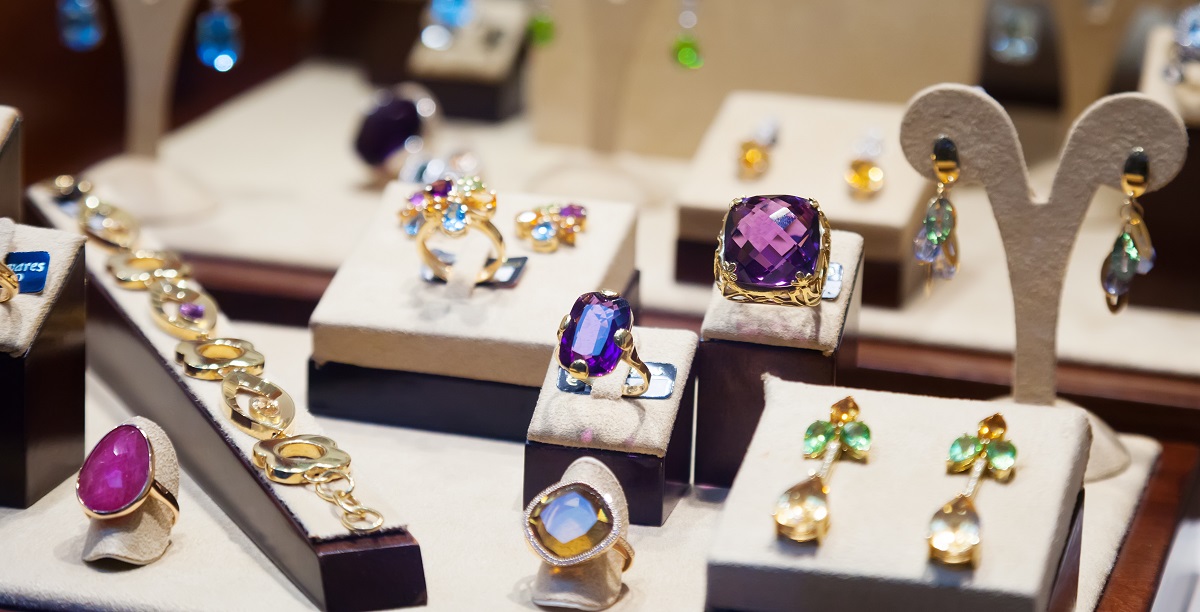Factoren die de Goudprijzen in België beïnvloeden
Goud, een tijdloos symbool van rijkdom en welvaart, staat centraal in de economie van België. In de afgelopen jaren hebben de dynamieken die de goudprijzen in België aansturen een transformatie ondergaan, aangewakkerd door een reeks economische, geopolitieke en milieufactoren. Het begrijpen van het complexe weefsel van deze factoren is cruciaal voor investeerders, politici en iedereen … Read more

